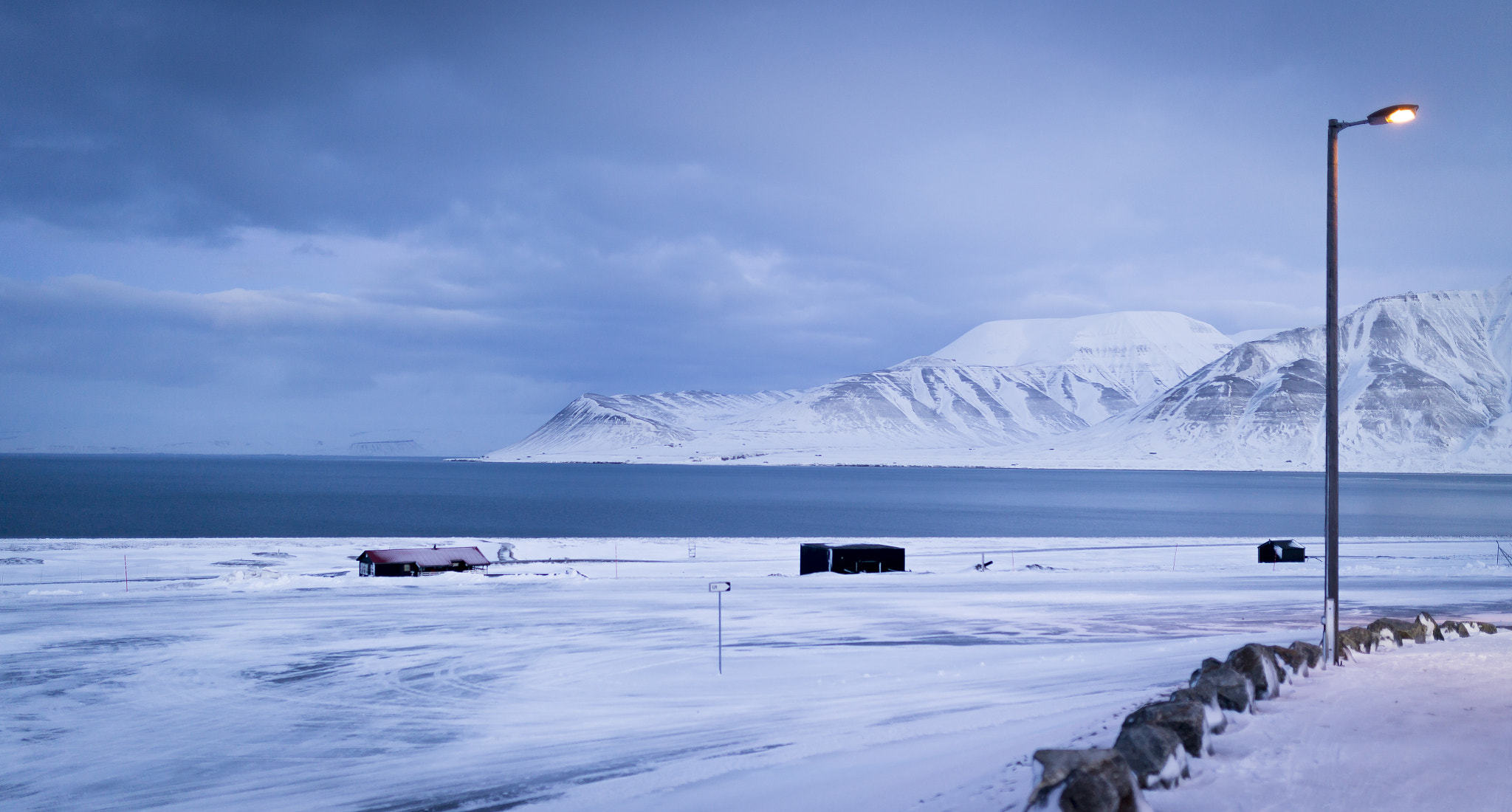HOW IS CLIMATE CHANGE IMPACTING THE ARCTIC?
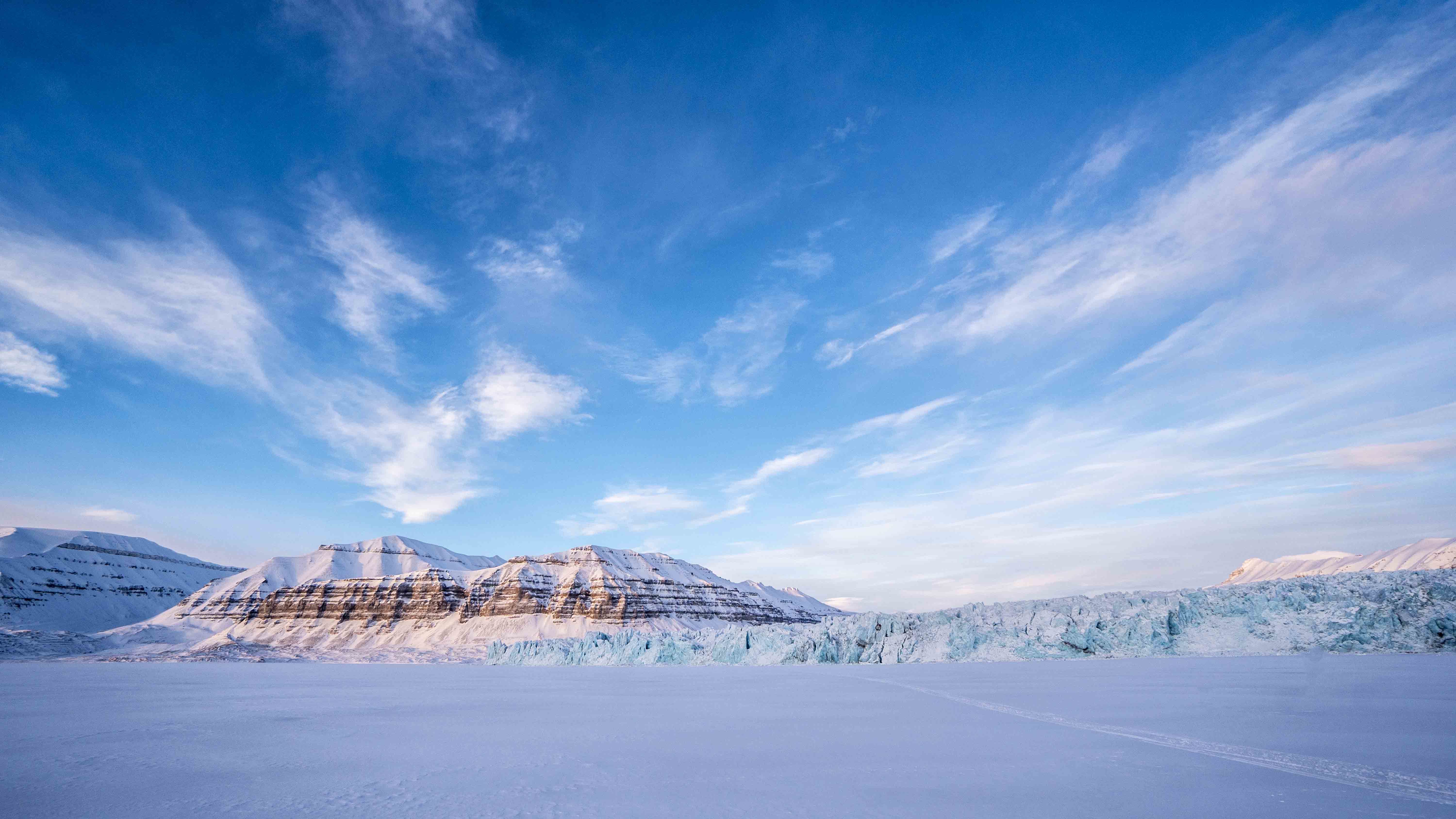
The Cryosphere: the main component of the Arctic Environment
The term ‘cryosphere’ refers to the parts of the Earth where water is found in its solid form. This includes snow, glaciers, ice sheets, sea ice, river and lake ice and the frozen ground (permafrost). The Arctic environment is dominated by the cryosphere.
In addition to being an essential element of the physical structure of the Arctic, the different components of the cryosphere play important roles in the Arctic ecosystems and in the services provided to populations. For the millions of inhabitants in the Arctic region, the cryosphere might hinder some activities while making others possible. For example, freshwater supplies and transport routes highly depend on the presence of the cryosphere in the Arctic.
The cryosphere is also able to regulate local, regional and global climate through its ability to cool air and water masses transported from lower latitudes, but also by reflecting solar radiation back into space through the snow and ice-covered surfaces.
The physical nature of the cryosphere makes it extremely vulnerable to changes in temperature. Since the 1980s, as temperatures have been increasing in the Arctic, observations have revealed rapid changes in the regional cryosphere. Diminishing sea ice extent, thawing permafrost, retreating glaciers and ice caps and melting ice sheets are all affecting the Arctic and the global climate.
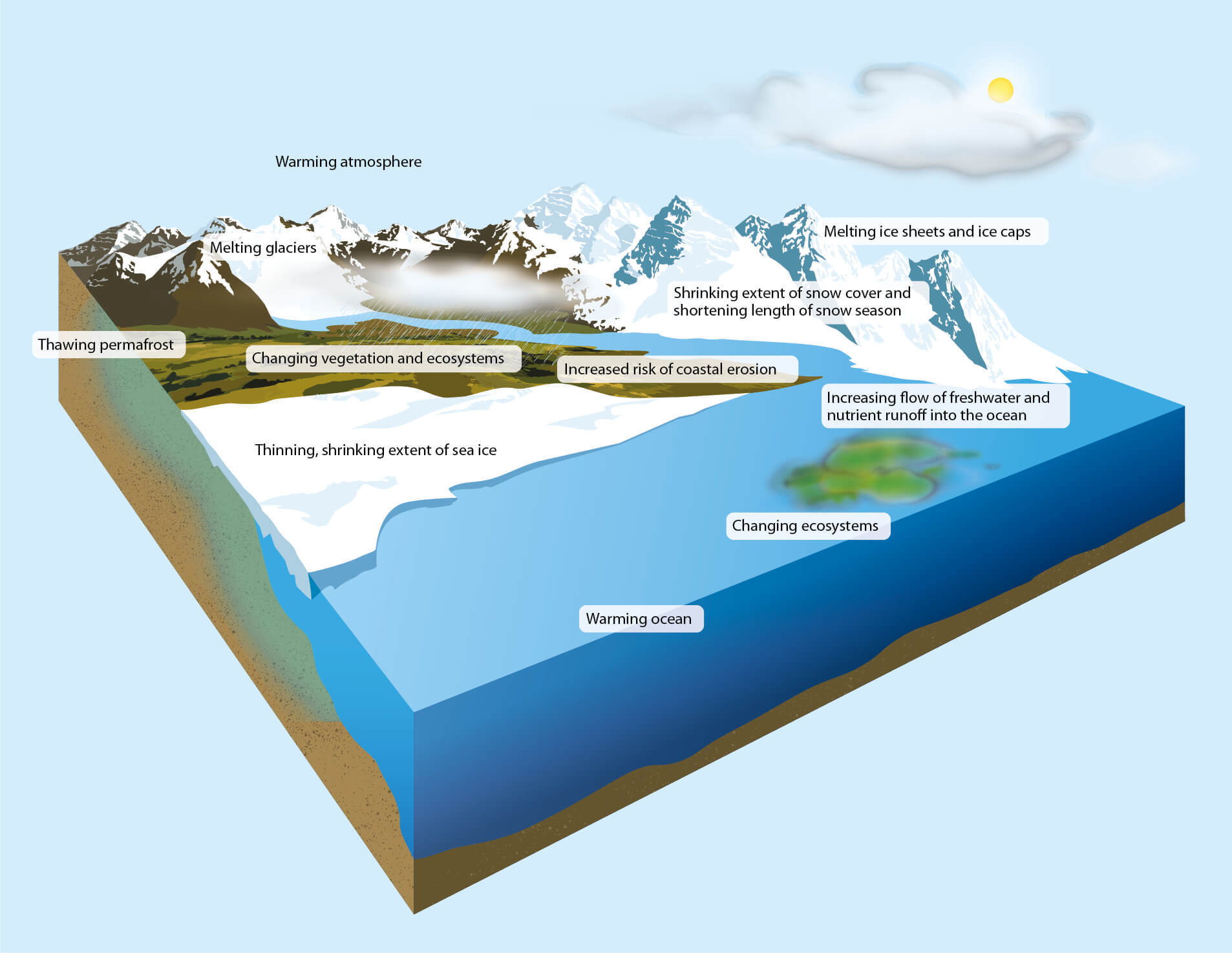
Figure 1.2 Schematic representation of major observed changes in the Arctic caused by global warming (graphic adapted from an image created by the U.S. National Center for Atmospheric Research). Snow, Water, Ice and Permafrost in the Arctic (SWIPA) 2017.
Arctic warming and amplification
For the past 50 years, Arctic temperatures have been rising two to three times faster than the global average. Annual surface air temperatures from 2014 to 2018 were all greater than any year since observational records began in 1900. Air temperatures are increasing faster in winter than in summer.
The fact that the Arctic is warming so rapidly is a phenomenon known as “Arctic Amplification”. It is directly related to the significant decline in sea ice and land ice extent. The giant white surface formed by sea ice plays a significant role in reflecting solar radiation. The faster ice cover extent declines, the more heat is absorbed by the darker Arctic Ocean and the land, in turn increasing regional temperatures.
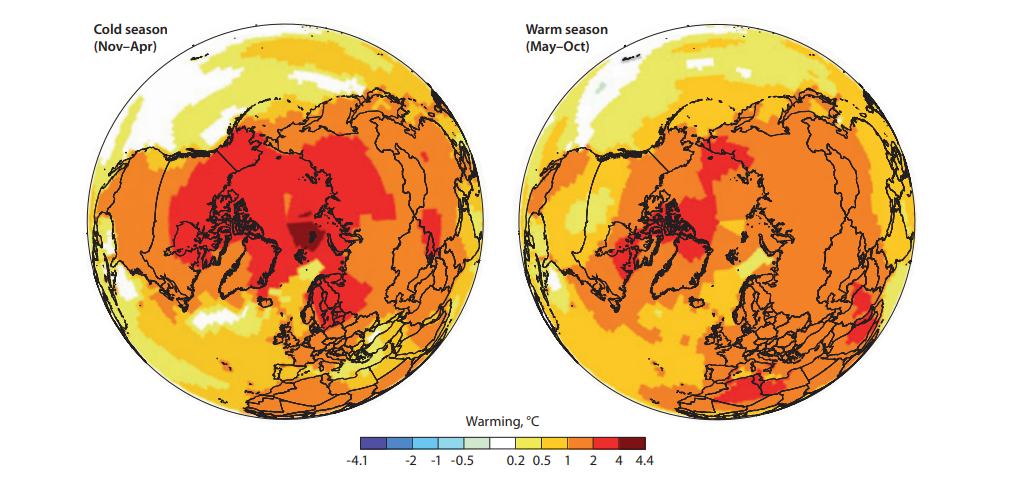
Figure 2: Spatial pattern of Arctic warming for the period 1961–2014 in the cold season (Nov–Apr) and warm season (May–Oct) (NASA GISTEMP http://data.giss.nasa.gov/gistemp/maps/). From Snow, Water, Ice and Permafrost in the Arctic (SWIPA) 2017.
The Arctic is transitioning to a new regime
The Arctic’s climate is shifting away from a cryosphere-dominated system. Rising temperatures are affecting the region’s sensitive climate, hydrological and ecological systems. The cryosphere is responding rapidly to these changes: sea ice extent and thickness is rapidly decreasing, the loss of land ice is accelerating, snow cover extent and duration are changing, more precipitation falls as rain, and permafrost is warming and thawing more and more every year. The Arctic is becoming a warmer, wetter, more variable environment, impacting not only local communities, ecosystems and beyond.
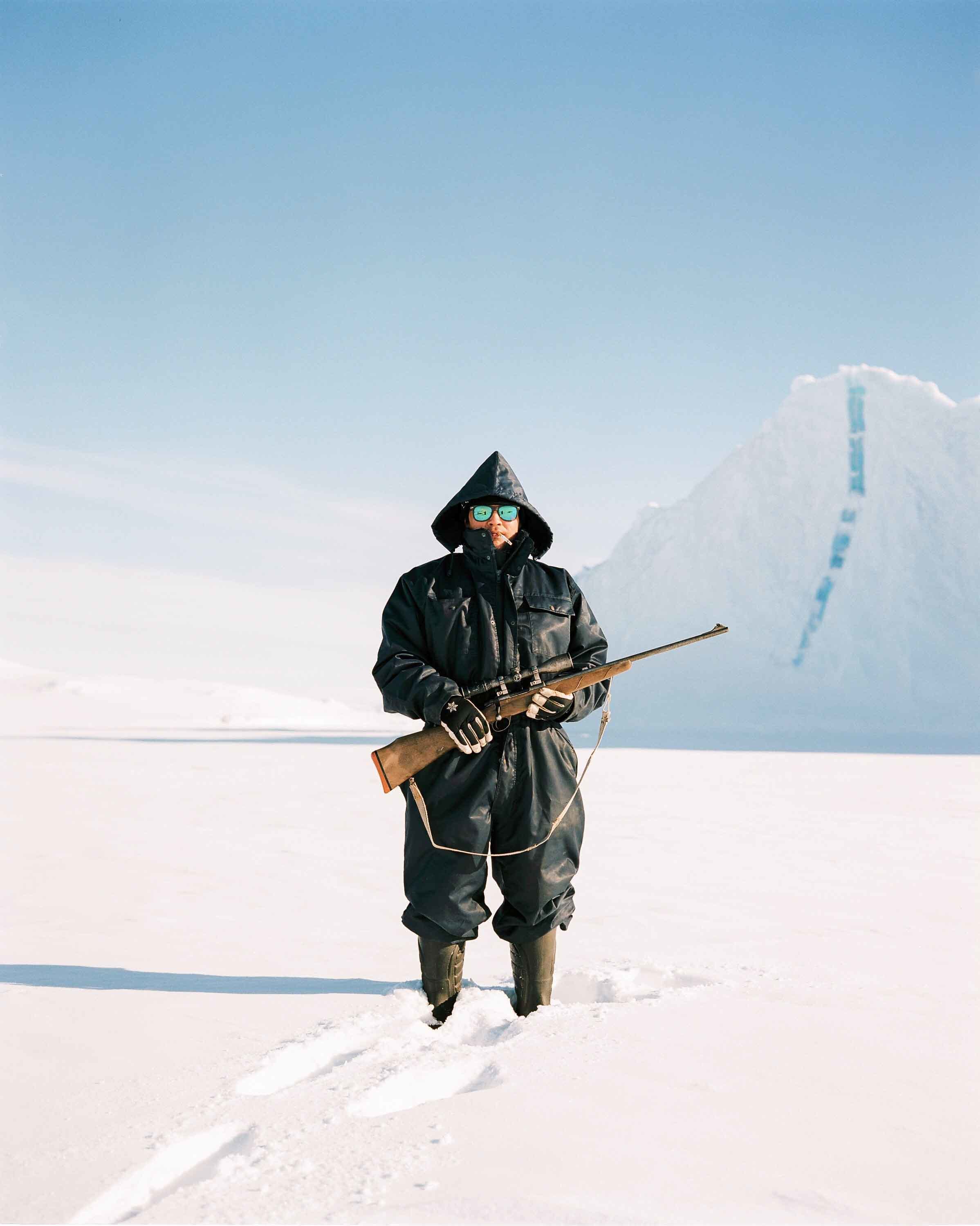
Impacts on populations and ecosystems
The rapid changes observed in the Arctic are affecting ecosystems, resources and communities with both positive and negative consequences. With the rapid decline in sea ice, some parts of the Arctic basin are becoming more accessible, creating new opportunities for fisheries, tourism and access to resources. On the other hand, the loss of sea ice and permafrost, combined with sea-level rise is the cause of coastal erosion and flooding, directly affecting coastal communities. Thinning lake and river ice and rapidly thawing permafrost are affecting land transportation networks, while infrastructures are affected by lower bearing capacity of thawing ice-rich soils. Shorter extent of snow cover and thinner coastal sea ice is also threatening access to hunting and fishing grounds, as well as critical animal habitat. Warmer and drier conditions in the Arctic have led to an increase in wildfire occurrence within the Arctic circle.
Wildlife and ecosystems are also directly impacted by the shift in climate in the region. Habitat availability for plants, animals, birds and microorganisms is being affected by the perturbations occurring based on the warming of the atmosphere and the warming of the soil. Winter thaw and rain-on-snow events make it harder to access food sources for grazing animals. Marine species are being affected by the loss and thinning of sea ice. Changes in the structure of ecological communities and shifts in the geographic ranges of species are impacting entire food webs.
